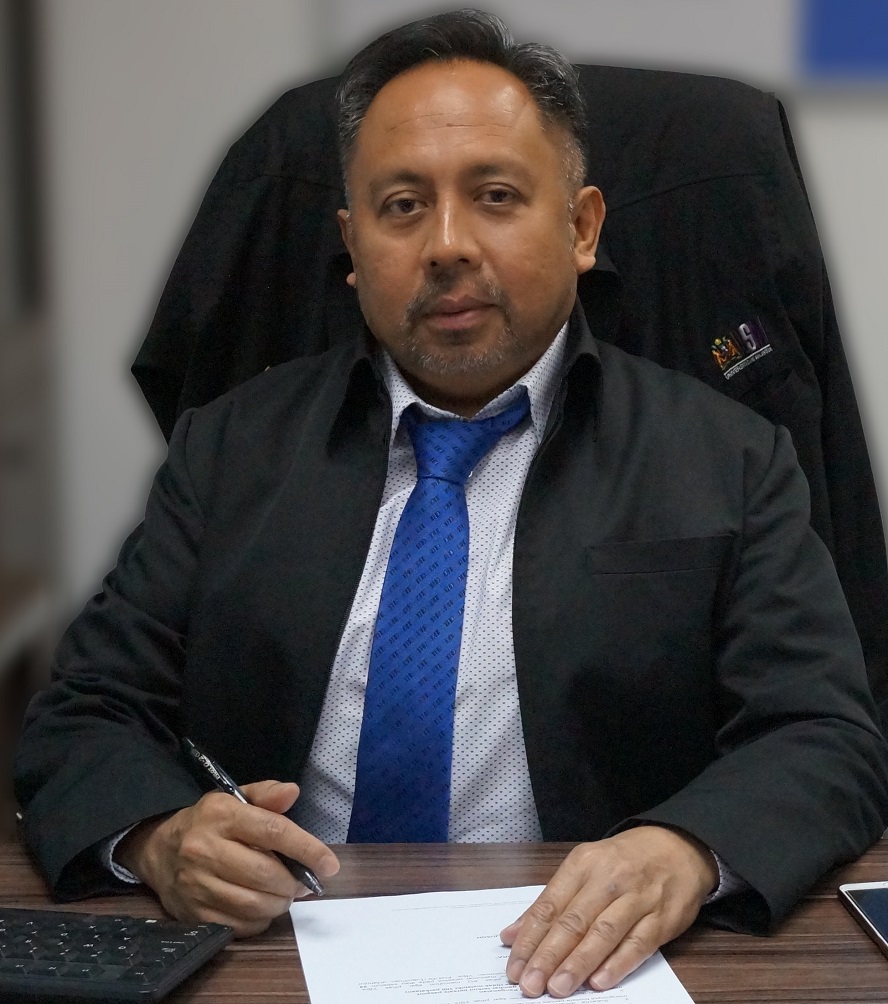
As with any activity, tourism has both potentially negative and positive impacts, and there has been increasing discussion about the role of peace tourism in recent years.
It is not a replacement for various other kinds of tourism practice, but is rather intended to be a facilitator to enhance sustainable development and positive peace through the tourism industry. Scholars involved in the tourism industry became interested in looking at tourism’s potential for peace making, mainly because of its prominence as a global industry.
The major assumption behind the notion of peace tourism is that when people travel all over the world, it helps them get to know new people, cultures, values and experiences, which are capable of increasing mutual understanding among people who have been living in diverse cultural backgrounds such as in Malaysia.
Tourists’ willingness to expand their cultural awareness and partake in culturally interactive activities is increasing, and the essence of this relatively new form of tourism is to build healthy relationships between people of different cultures and between people and the tourism resources. Building understanding and respect among various religions is the key to peace and harmony in a multiracial and multi-religious country like Malaysia. Annual festivities like Eid al-Fitr, Christmas, Deepavali and the Chinese New Year are auspicious occasions for all races to cultivate harmony, goodwill, peace and unity.
The country is unique in which the festive occasion of one ethnic group is also celebrated by other ethnic groups and foreign tourists, making the festive occasions truly multiracial in character. Through festivities, people of all races continue to integrate and become part of a larger society, casting aside their cultural and religious differences.
By Professor Ahmad Puad Mat Som
(he is the President of International Institute for Peace through Tourism IIPT Malaysia)

